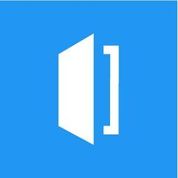Odoo Field Service is a Field Service Management Software. Odoo Field Service offers Reporting, Real-time Job Tracking, Job Scheduling, Digital Signature, Attendance Management and many more functionalities.
Some top alternatives to Odoo Field Service includes Service Fusion, Housecall Pro, FieldAware, FieldEZ and Service CRM.
No, Odoo Field Service doesn't provide API.
No, Odoo Field Service doesn't provide mobile app.
Odoo Field Service is located in Auderghem, Brussels
Odoo Field Service offers Subscription pricing model
The starting price of Odoo Field Service is $8/Month












